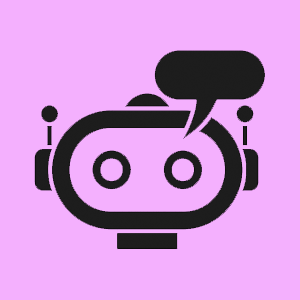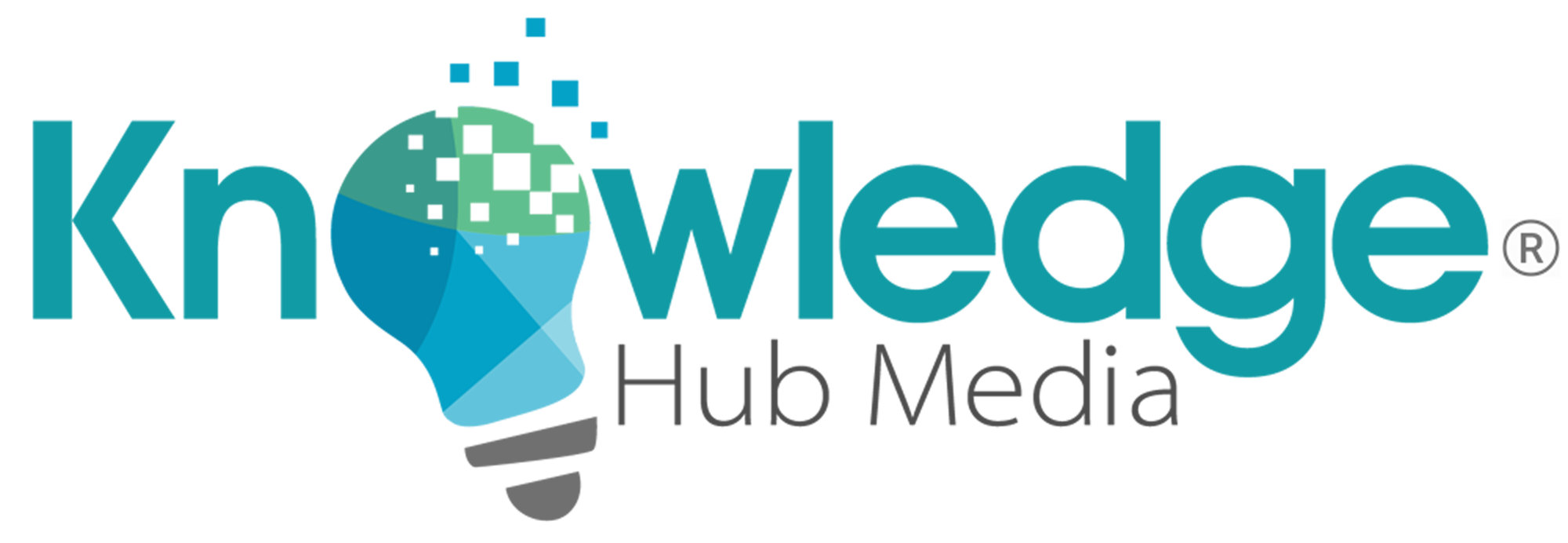 In an era marked by the seamless integration of technology into our daily lives, artificial intelligence (AI) stands at the forefront of innovation, reshaping how we engage with machines and access information. From facial recognition unlocking our smartphones to voice-activated assistants like Alexa, AI has become an inseparable part of our routines. Today, AI’s transformative capabilities extend further than ever before – it can serve as your writing companion, generating content, coding, composing emails, and even crafting complex Excel formulas. Amid this technological revolution, AI chatbots have emerged as indispensable tools, capable of streamlining tasks, fostering creativity, and enhancing our capabilities.
In an era marked by the seamless integration of technology into our daily lives, artificial intelligence (AI) stands at the forefront of innovation, reshaping how we engage with machines and access information. From facial recognition unlocking our smartphones to voice-activated assistants like Alexa, AI has become an inseparable part of our routines. Today, AI’s transformative capabilities extend further than ever before – it can serve as your writing companion, generating content, coding, composing emails, and even crafting complex Excel formulas. Amid this technological revolution, AI chatbots have emerged as indispensable tools, capable of streamlining tasks, fostering creativity, and enhancing our capabilities.
AI chatbots like ChatGPT have taken the world by storm, inspiring a wave of innovation from rivals aiming to create their own AI-driven conversational agents. The outcome? A diverse array of AI chatbots, each boasting distinct capabilities tailored to specific needs. This article delves into this captivating realm, introducing five remarkable alternatives to ChatGPT while shedding light on the revolutionary OverflowAI by Stack Overflow.
The New Bing: An Internet-Connected Writing Companion
With the arrival of the new Bing, an AI chatbot powered by OpenAI’s formidable GPT-4, a new era of writing support unfolds. Imagine having the vast expanse of the internet at your disposal as you create content, supported by real-time source references. The Bing Chat offers unparalleled research abilities, enabling users to tap into the latest information and cite reputable sources. However, its open preview status and query limitations provide only a glimpse of its potential, leaving room for further growth.
Advantages:
- Real-time access to a wide range of online resources
- Robust citation of credible sources
- Leveraging OpenAI’s advanced LLM model
Disadvantages:
- Limited functionality during the open preview phase
- Constraints on the number of queries
Perplexity AI: Igniting Creative Sparks
For those seeking an AI chatbot that kindles creative thinking, Perplexity AI takes center stage. Driven by both GPT-3 and GPT-4, this chatbot excels in sparking innovative concepts and ideas. Its user-friendly interface coupled with online access makes it an ideal playground for brainstorming and experimentation. The “Popular Now” section and related topic prompts foster engagement and exploration, encouraging users to venture into uncharted territories. However, certain features require user authentication, and occasional irrelevant prompts may hinder seamless usage.
Advantages:
- Catalyst for ideation and brainstorming
- User-friendly interface for effortless interaction
- Access to current events and online sources
Disadvantages:
- User authentication required for specific functionalities
- Occasional presentation of irrelevant prompts
Jasper: Cultivating Business Brilliance
In the realm of business and marketing, Jasper emerges as a potent AI chatbot. Anchored by OpenAI’s GPT-3.5, Jasper offers a treasure trove of content creation tools. From diverse writing templates to copyediting finesse and plagiarism checks, Jasper empowers enterprises to craft polished, authentic content. While the $39 monthly subscription cost may raise eyebrows, its comprehensive suite of features justifies the investment for businesses seeking consistent, high-quality content.
Advantages:
- A multitude of writing templates and editing capabilities
- Ensuring content authenticity through plagiarism detection
- Tailored to meet business content needs
Disadvantages:
- Monthly subscription fee of $39
Google Bard: Crafting Text with Precision
A newcomer to the AI chatbot scene, Google Bard offers a unique approach to text generation. While it doesn’t share the conversational capabilities of other chatbots, Google Bard specializes in providing specific writing advice and generating text for various purposes, including essays, resumes, and cover letters. Its laser-focused functionality may be a pro or con, depending on the user’s specific needs.
Advantages:
- Provides targeted writing advice and generates precise text
- Ideal for users seeking specific content creation
Disadvantages:
- Lacks the conversational capabilities of traditional chatbots
- May have limited application beyond writing assistance
YouChat: A Seamless ChatGPT Alternative
Enter YouChat – a seamless alternative to ChatGPT driven by OpenAI’s GPT-3. With a distinctive edge, YouChat sources information from Google, offering reliable citations while providing unrestricted access. Whether you seek instant answers or a chatbot experience free from capacity limitations, YouChat offers a refreshing alternative. While its beta status and minimalist user interface might raise concerns, its potential as a ChatGPT substitute remains captivating.
Advantages:
- Citations from reputable Google sources for enhanced credibility
- Unrestricted availability for immediate interaction
- Absence of subscription fees and capacity constraints
Disadvantages:
- Undergoing beta-stage development with potential stability issues
- Minimalist user interface design may lack aesthetic appeal
Socratic by Google: Nurturing Knowledge Seekers
Tailored to young minds and eager learners, Socratic by Google offers an educational haven. While it doesn’t generate text directly, Socratic excels in providing comprehensive explanations and visual aids, catering to students’ academic needs. Its unique scanning worksheet feature adds an interactive dimension, allowing students to delve deeper into subjects. Nevertheless, the lack of a desktop version and limited scope for direct text generation may leave room for improvement.
Advantages:
- Fostering interactive learning through explanations and visuals
- Scanning worksheet feature for curated responses
- Engaging platform for educational exploration
Disadvantages:
- Limited capacity for direct text generation
- Absence of availability as a desktop application
Introducing OverflowAI by Stack Overflow: Pioneering a New Era
As AI chatbots continue to redefine human-machine interactions, Stack Overflow steps into the arena with OverflowAI, a groundbreaking suite of generative AI capabilities. OverflowAI’s objective is clear: instill trust in AI by harnessing the wealth of knowledge embedded in Stack Overflow’s extensive question-and-answer repository. By infusing AI-powered search and solutions, OverflowAI seeks to empower developers and enterprises with reliable, accurate information.
Advantages:
- Tapping into the authority of Stack Overflow’s vast question-and-answer repository
- Focusing on building trust in AI through accurate and dependable solutions
- Introducing AI-enhanced search for enhanced information discovery
Disadvantages:
- Venturing into unexplored territory to counter rival AI chatbots’ influence
- Potential challenges in maintaining response accuracy and relevance
Conclusion: Navigating the AI Landscape
The realm of AI chatbots is an ever-evolving landscape, offering a myriad of tools tailored to diverse needs. From the versatile capabilities of the new Bing to the creative spark of Perplexity AI, the business brilliance of Jasper, the seamless interaction of YouChat, and the educational focus of Socratic by Google, each AI chatbot adds its distinct flavor to the mix.
In this dynamic environment, OverflowAI emerges as a beacon of innovation, ushering in a new era of AI-powered assistance. As technology propels us forward, the choice between AI chatbots becomes a personalized journey, shaped by individual preferences, requirements, and aspirations. The introduction of OverflowAI stands as a testament to the ongoing evolution of AI and its potential to transform how we engage with information, paving the way for a future where human ingenuity and AI collaboration harmoniously coexist.
